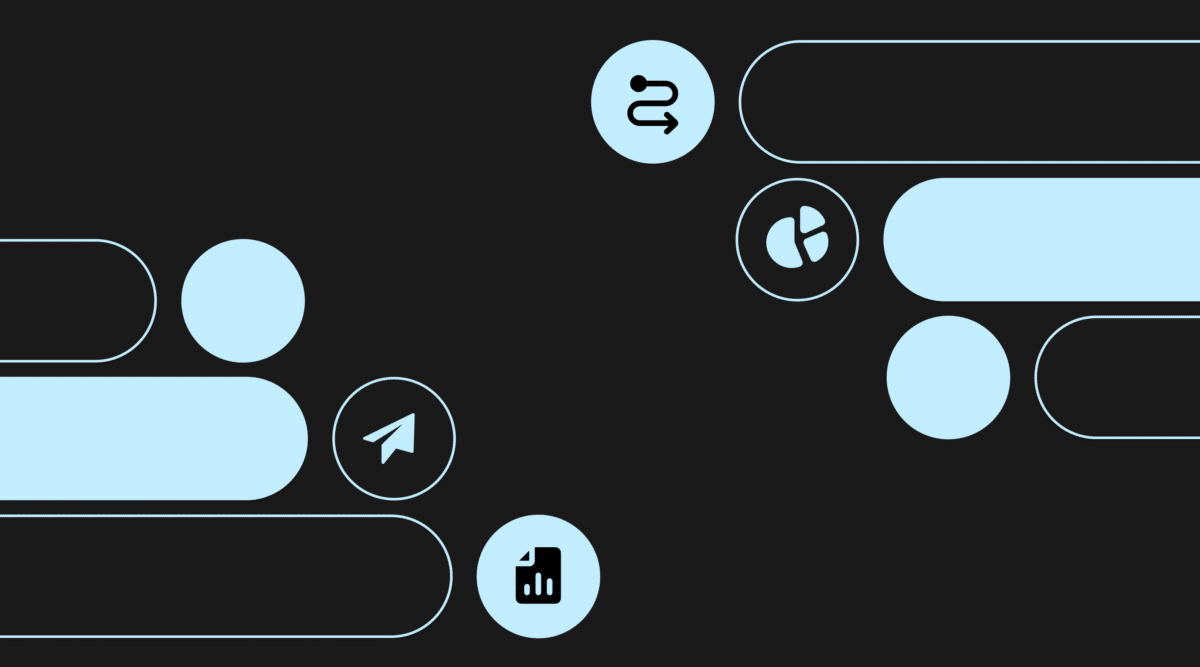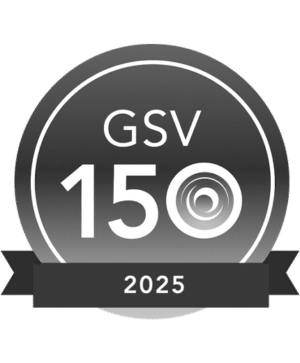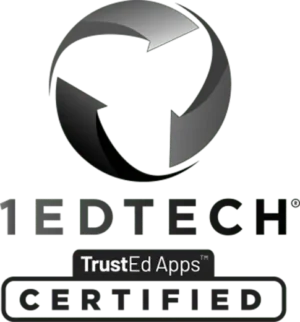
Ellen Eisenberg, Executive Director of The Professional Institute for Instructional Coaching (TPIIC), explains what goes into a “before-during-after” coaching cycle, and how it can increase collaboration through deliberate conversations.
Coaching is a deliberate, intentional conversation between colleagues with the ultimate goal of strengthening instructional practice. Not everyone, however, is comfortable in the beginning with talking about practice and identifying areas of strength or need. With this in mind, the coach needs to develop the process for communication, discuss with his or her teaching colleagues how the coaching interactions will work most effectively, and invite them to share their thoughts on school-wide improvement, effective instructional practices, engaging students, and helping both teachers and students reach their full potential.
So, how does this happen?
As a coach, it’s important to recognize that coaching is situational and differentiated with a defined approach for the conversations to take place in a non-threatening, no-risk environment. These conversations are non-evaluative and reflective, encouraging participants—both the coach and coachee—to become more reflective practitioners when talking about their practice. This approach offers an opportunity for the coach and teacher to collaborate and communicate about their work together. It’s an agreement for how the coaching interactions will occur as they work together as partners.
For example, a new teacher may need more support than an experienced teacher, or an experienced teacher may want more support because he or she is teaching new content. Regardless, coaches need to address their colleague’s needs with integrity, fidelity, and ubiquity in a deliberate and intentional way.
The Steps
The before, during, and after (“BDA”) cycle of coaching is the structure for communication. The BDA cycle sets the tone and reiterates the seriousness of the coaching collaboration. It’s a planned conversation that maximizes the time for collaboration, collective problem-solving, and consultation.
Before
The starting point for the process is the “B,” or “before” conversation. Here the coach and coachee co-plan and discuss the goals for the class and how they’ll be achieved. The coach is a good listener, asking probing or clarifying questions without giving an unsolicited opinion. The object is to ask the questions that encourage the teacher to think about why these goals are important and if the instructional delivery and resources identified will help the teacher meet the needs of the students. The teacher and coach then co-construct the plan to collect evidence that reflects the agreed upon goals, define each role, and schedule a date to discuss the visitation—giving them time to process the lesson.
During
The during, or “D” part of the cycle, is where the action takes place. It’s the data collection stage, where the agreed upon goals are actualized with the coach modeling a segment of the lesson, co-teaching with the teacher, or collecting data that were co-constructed in the “before” meeting. The coach and teacher need this visit to reflect in, on, and about classroom practice. This is where the coach and teacher can “see” if targets were achieved.
After
The after, or “A” part of the cycle, is critical for transformation. This is the time where the coach and teacher are reflective and give timely, specific, descriptive, and non-judgmental feedback to determine what worked effectively and what practice needs additional support. This session occurs at least two days after the visit, giving both parties ample time to reflect, redirect, and rethink the efficacy of the lesson goals and instructional delivery. As the cycle progresses, the “after” often becomes the “before” for the next coaching interaction.
Tips to Remember
When working through a BDA cycle to maximize your coaching collaboration, it’s important to remember that change doesn’t happen overnight. Below are a few tips to keep in mind:
- The BDA cycle enables ongoing communication and collective problem solving to take place.
- The BDA cycle is critical for transparency, transformation, and talking about instructional practice.
- The coach and teacher must collaborate to decide the kind of support needed:
- Intensive support: working multiple times with the same person
- Strategic support: working with teachers on a variety of specific instructional practices
- Independent support: the coach and teacher work together less often because the needs can be met with less frequent time together
- The BDA approach is determined by need and should be followed at least a few times per quarter with each coachee to provide ongoing support and build teacher capacity and confidence.
- Coaches need to make the process visible, inviting, and collaborative so that all participants are beneficiaries.
About Our Guest Blogger
Ellen B. Eisenberg is the executive director of The Professional Institute for Instructional Coaching (TPIIC), and the former executive director of The Pennsylvania Institute for Instructional Coaching (PIIC) from 2009-2018. Established in 2018, TPIIC is a research-based resource for developing and supporting the delivery of consistent, high-quality professional development and professional learning around instructional coaching and mentoring designed to help teachers implement effective instructional practices.
Stay Connected
News, articles, and tips for meeting your district’s goals—delivered to your inbox.






















